Regulatory Support
Regulatory frameworks are increasingly favoring the use of cross laminated timber, significantly impacting the Cross Laminated Timber Market. Governments are implementing policies that promote sustainable building practices, including incentives for using renewable materials like cross laminated timber. For example, certain regions have established building codes that encourage or mandate the use of timber in construction projects, particularly for mid-rise and high-rise buildings. This regulatory support not only facilitates market entry for cross laminated timber but also enhances its competitiveness against traditional materials. As more jurisdictions adopt favorable regulations, the Cross Laminated Timber Market is likely to experience accelerated growth, as builders and developers seek to comply with these evolving standards while also benefiting from the advantages of using timber.
Architectural Versatility
The architectural versatility of cross laminated timber is a compelling driver for the Cross Laminated Timber Market. Its ability to be used in a variety of applications, from residential buildings to commercial structures, makes it an attractive option for architects and builders. The aesthetic appeal of timber, combined with its structural capabilities, allows for innovative designs that were previously challenging to achieve with traditional materials. Moreover, cross laminated timber can be prefabricated, which streamlines the construction process and reduces on-site labor costs. This versatility not only enhances design possibilities but also contributes to faster project completion times. As architects increasingly explore creative solutions in their projects, the Cross Laminated Timber Market is likely to see a surge in demand, driven by the material's adaptability and performance.
Technological Innovations
Technological advancements play a crucial role in shaping the Cross Laminated Timber Market. Innovations in manufacturing processes, such as automated production lines and advanced software for design and engineering, enhance the efficiency and precision of cross laminated timber production. These technologies not only reduce costs but also improve the quality and performance of the final product. For instance, the integration of Building Information Modeling (BIM) allows for better planning and execution of timber structures, leading to increased adoption in construction projects. Furthermore, the market is witnessing the emergence of new adhesive technologies that enhance the durability and strength of cross laminated timber. As these innovations continue to evolve, they are likely to drive further growth in the Cross Laminated Timber Market, attracting more stakeholders to invest in this sustainable building material.
Sustainability Initiatives
The increasing emphasis on sustainability is a pivotal driver for the Cross Laminated Timber Market. As environmental concerns escalate, construction sectors are gravitating towards eco-friendly materials. Cross laminated timber, known for its renewable nature and lower carbon footprint, aligns with these sustainability initiatives. In fact, studies indicate that using cross laminated timber can reduce greenhouse gas emissions by up to 75% compared to traditional materials. This shift not only meets regulatory requirements but also appeals to environmentally conscious consumers. Consequently, the demand for cross laminated timber is expected to rise, as more builders and architects seek sustainable alternatives in their projects. The Cross Laminated Timber Market is thus positioned to benefit from this growing trend, as stakeholders increasingly prioritize sustainable building practices.
Market Demand for Sustainable Construction
The rising demand for sustainable construction practices is a significant driver for the Cross Laminated Timber Market. As urbanization continues to expand, the construction industry faces pressure to adopt materials that minimize environmental impact. Cross laminated timber, with its ability to sequester carbon and reduce energy consumption, is increasingly viewed as a viable solution. Market data suggests that the demand for sustainable building materials is projected to grow at a compound annual growth rate of over 10% in the coming years. This trend is further fueled by consumer preferences shifting towards eco-friendly options, prompting architects and builders to incorporate cross laminated timber into their designs. Consequently, the Cross Laminated Timber Market stands to gain from this heightened demand, as stakeholders recognize the long-term benefits of sustainable construction.
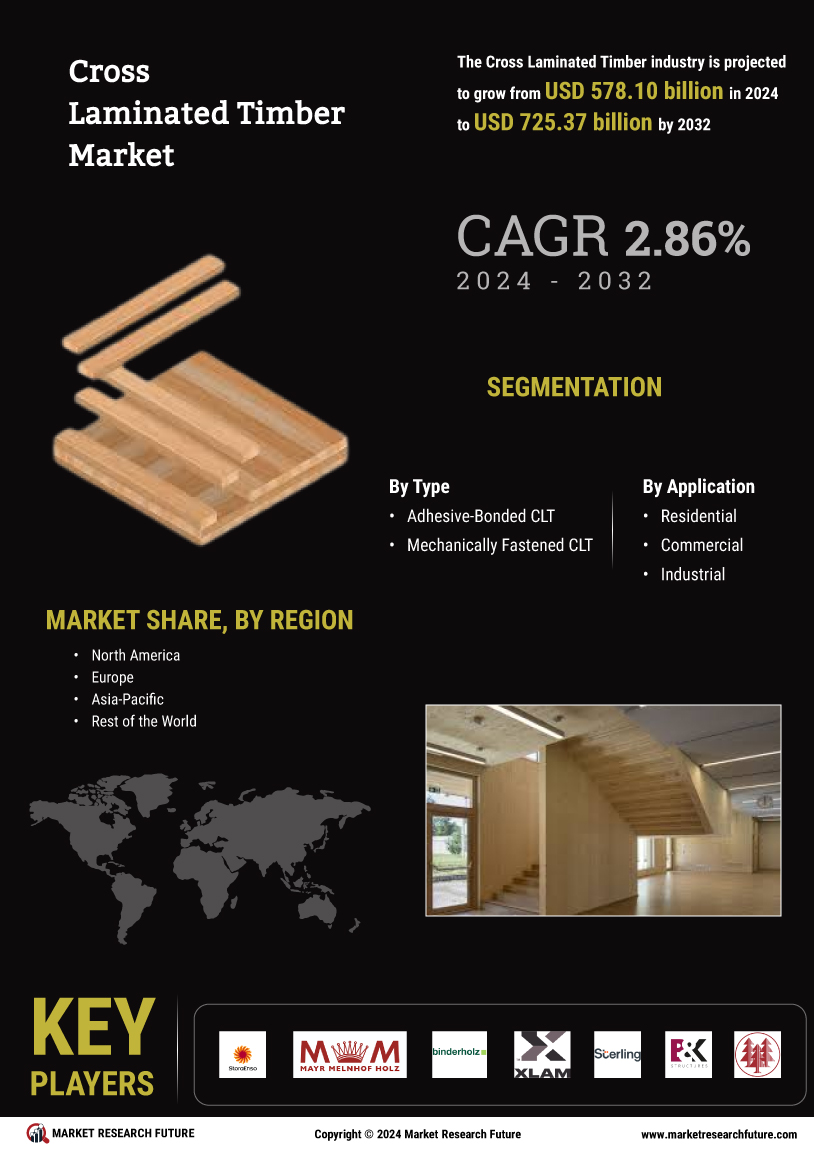

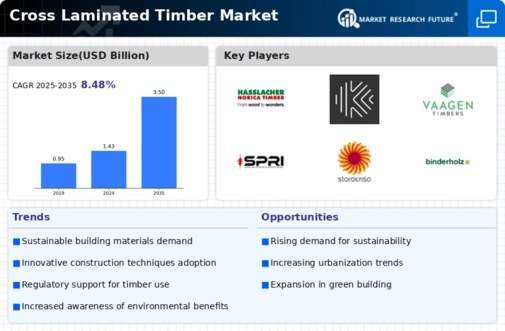
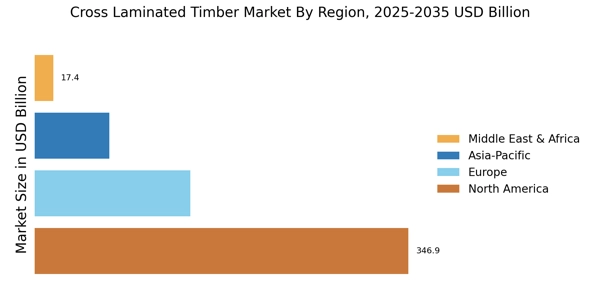
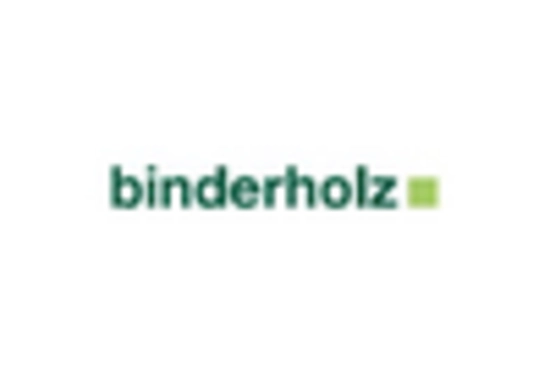
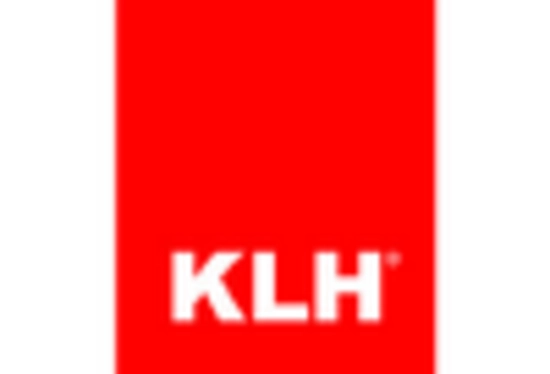
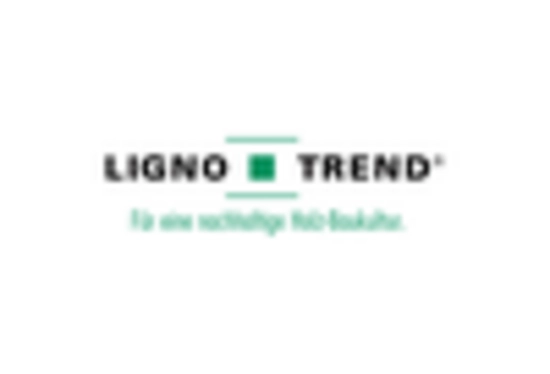
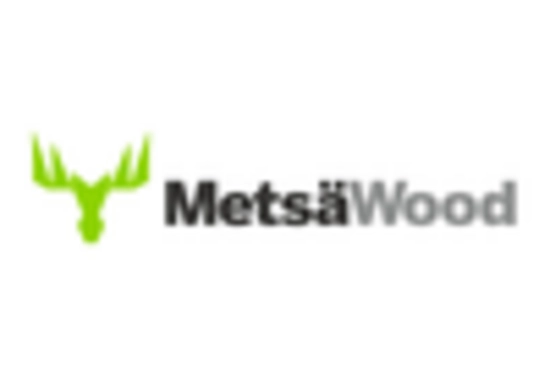
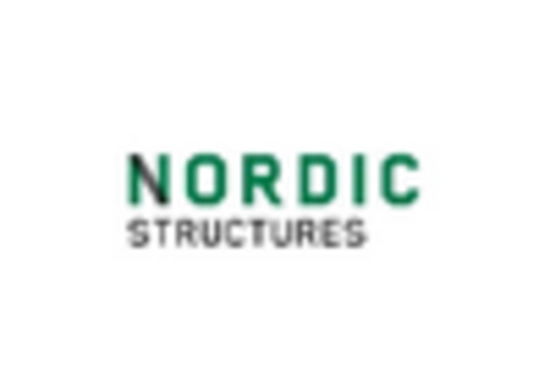
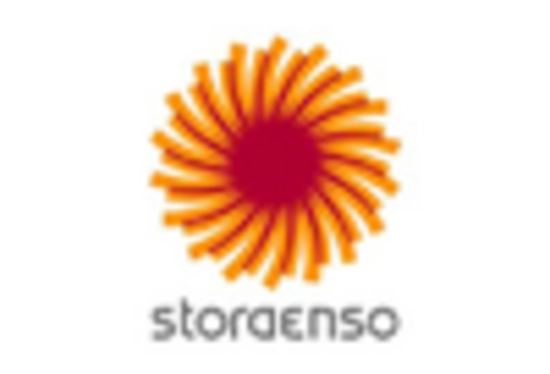








Leave a Comment